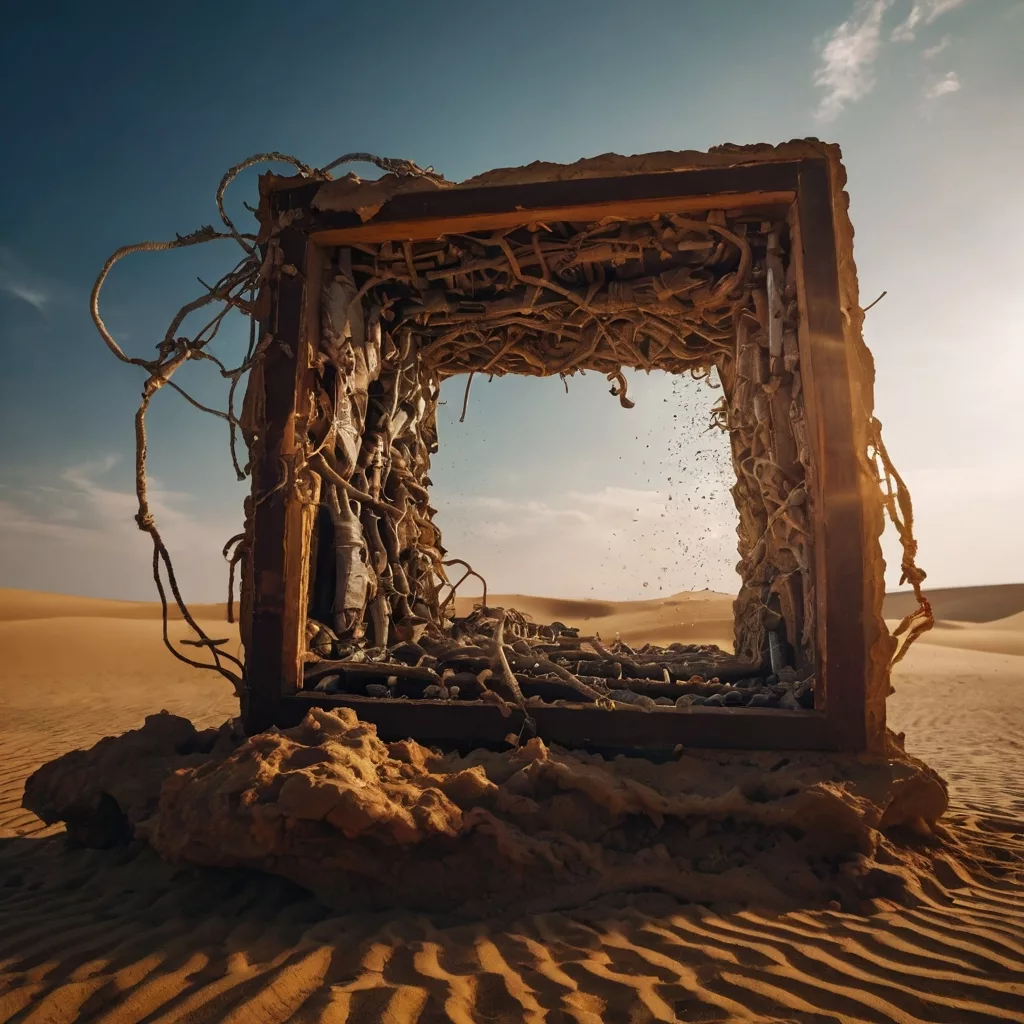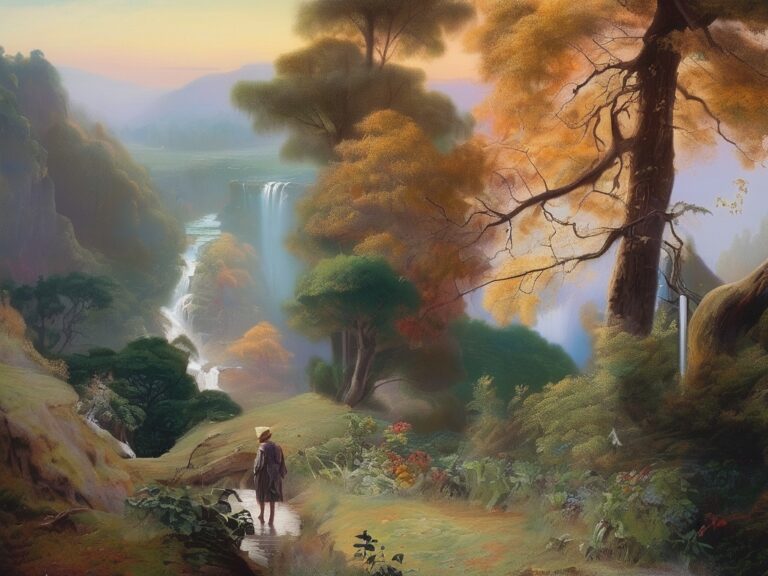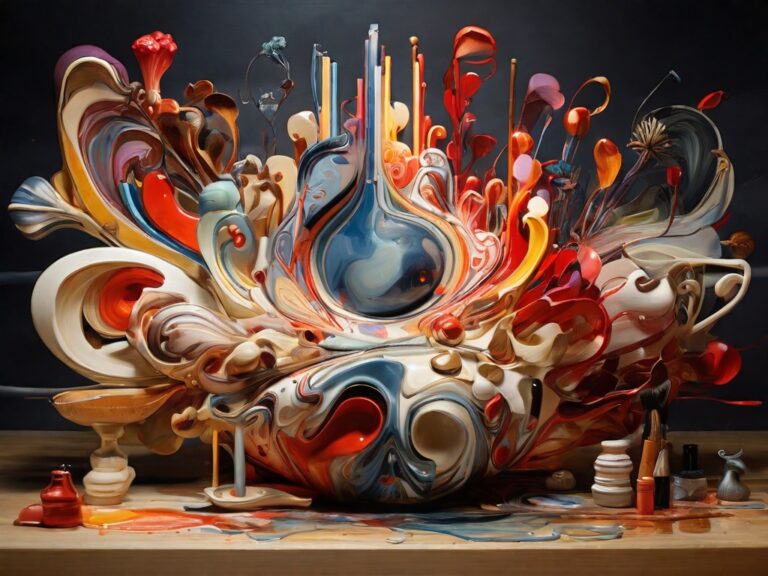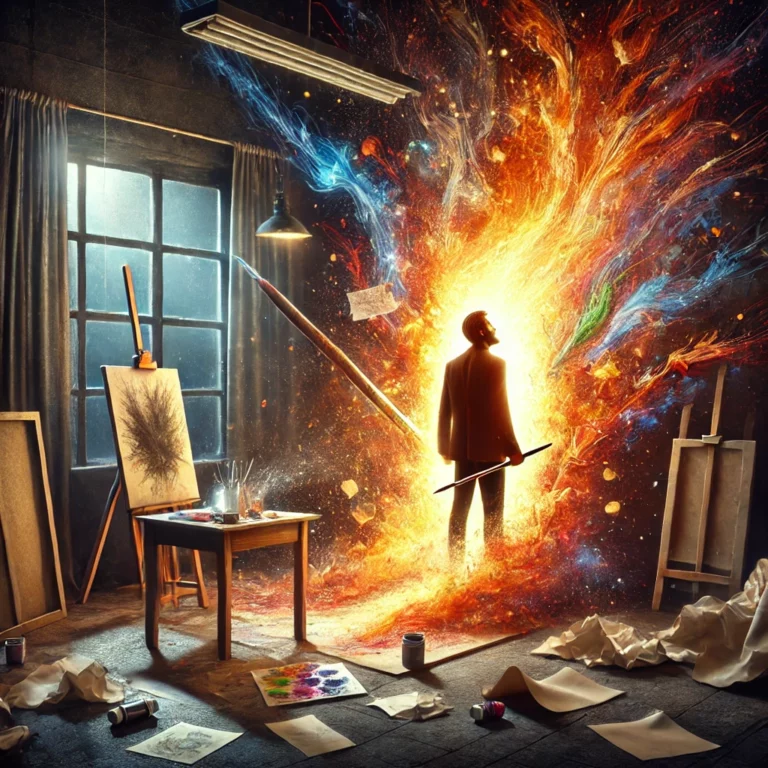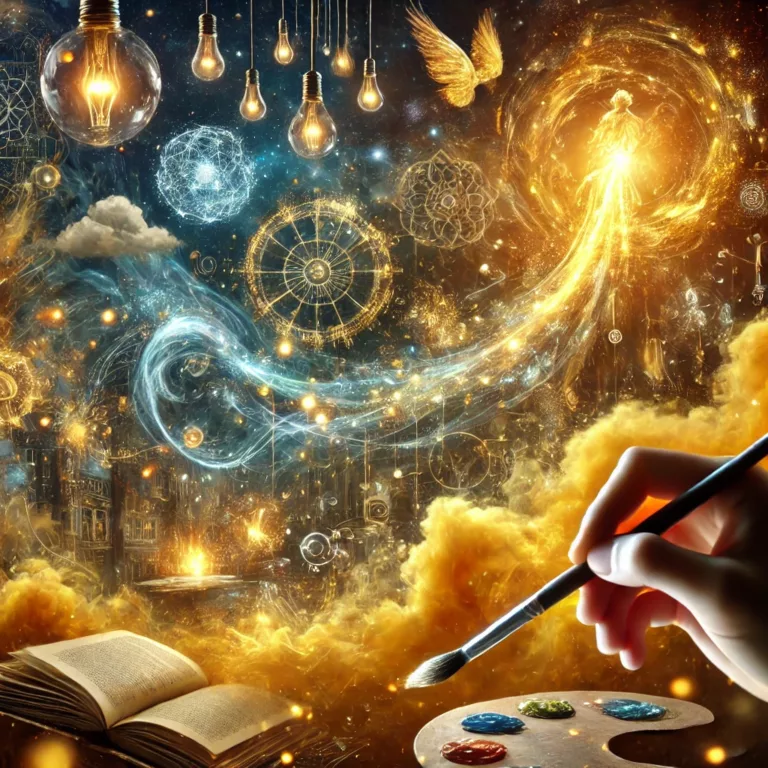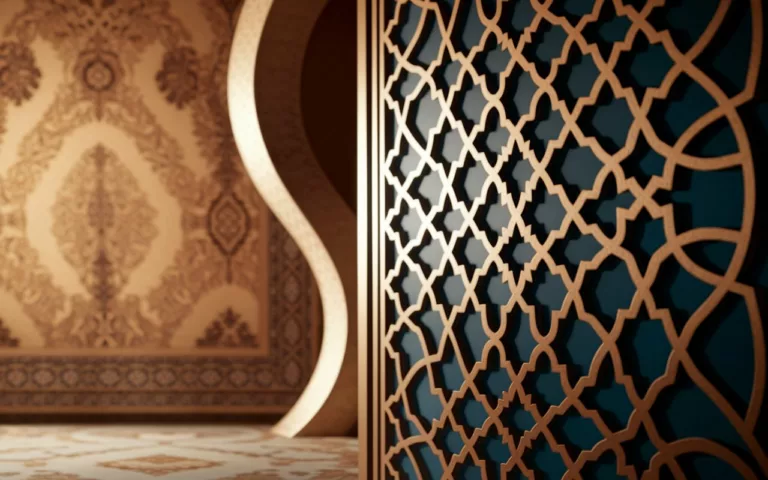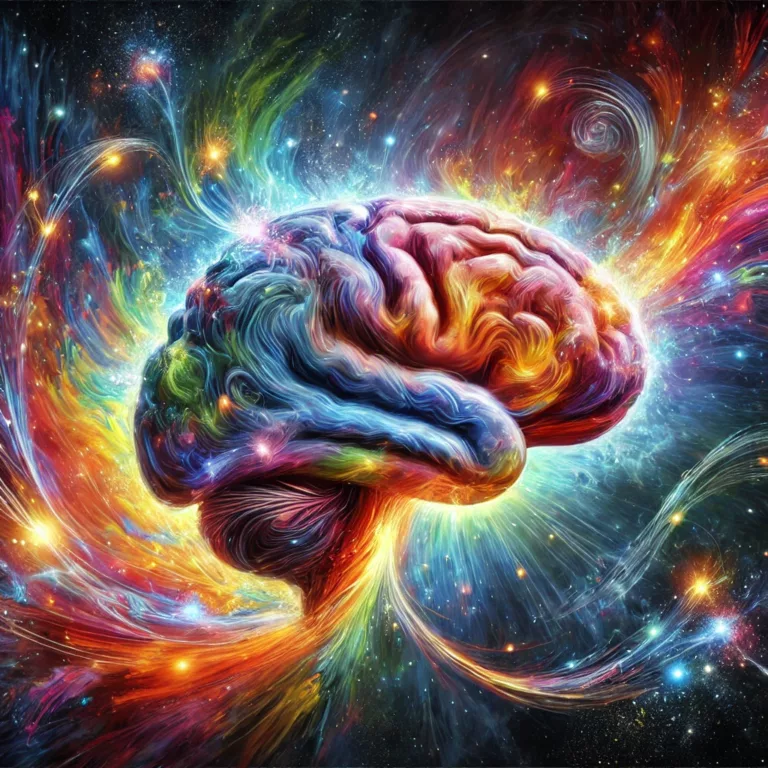Inspiration Decoded: The Science Behind Artistic Breakthroughs
The Alchemy of Art and Science
Artistic inspiration has long been shrouded in mystique a divine spark, a muse’s whisper, or a bolt from the blue. Yet, modern science is unraveling this enigma, revealing that creativity is not magic but a symphony of neural processes, psychological states, and environmental interactions. This article decodes the biological, cognitive, and cultural mechanisms behind history’s most transformative artistic breakthroughs, bridging the gap between the studio and the laboratory. From the firing of dopamine neurons to the ripple effects of cultural movements, we explore how science illuminates the path from blank canvas to masterpiece.
I. The Neurological Blueprint of Creativity
1.1 Brain Regions in Concert
Creativity emerges from dynamic interactions between brain networks:
- Default Mode Network (DMN): Associated with daydreaming, introspection, and spontaneous idea generation. A 2015 Harvard study found heightened DMN activity in jazz musicians during improvisation.
- Executive Control Network (ECN): Governs focus and decision-making, refining raw ideas into actionable plans.
- Salience Network: Acts as a switch between DMN and ECN, prioritizing which ideas reach conscious awareness.
Neurotransmitters at Play:
- Dopamine: Linked to reward, motivation, and risk-taking. A 2013 study in Nature showed dopamine surges during moments of insight.
- Serotonin: Modulates mood and openness to experience, traits correlated with artistic exploration.
1.2 The Creative Brain in Action
- fMRI Insights: Research by Dr. Charles Limb at Johns Hopkins revealed that freestyle rappers deactivate their prefrontal cortex, reducing self-censorship during improvisation.
- Neuroplasticity: Practiced skills, like piano playing, rewire the brain’s motor and auditory cortices, as shown in a 2014 Neuron study.
Case Study: Composer Ludwig van Beethoven’s late works, composed while deaf, exemplify neuroplasticity; his brain repurposed auditory regions for heightened tactile and visual processing.
II. Psychological Processes: The Mind of the Maker
2.1 Flow State: The Zone of Genius
Psychologist Mihaly Csikszentmihalyi’s “flow” describes hyper-focused states where time dissolves. Key triggers include:
- Balanced Challenge-Skill Ratio: Tasks that match one’s abilities.
- Clear Goals: E.g., novelist Haruki Murakami’s rigid writing routine fosters flow.
Neural Correlates: Flow correlates with transient hypofrontality reduced prefrontal activity, easing self-doubt.
2.2 Intrinsic Motivation and the Creative Drive
Self-Determination Theory (Deci & Ryan, 1985) posits that autonomy, competence, and relatedness fuel persistence.
- Van Gogh’s Letters: His relentless painting despite commercial failure underscores intrinsic motivation.
- Modern Example: Amanda Gorman’s poetic rigor, driven by personal purpose over external validation.
2.3 Emotion as a Catalyst
- Negative Emotions: Edvard Munch’s The Scream channeled anxiety into iconic expression.
- Positive Affect: Barbara Fredrickson’s “broaden-and-build” theory shows joy expands cognitive flexibility.
III. Environmental and Cultural Ecosystems
3.1 The Role of Place
- Studios as Sanctuaries: Georgia O’Keeffe’s New Mexico desert studio provided sensory immersion, enhancing her abstract landscapes.
- Urban Hubs: Paris’s 1920s Montparnasse district fostered cross-pollination among Picasso, Hemingway, and Stravinsky.
3.2 Cultural Movements as Incubators
- The Harlem Renaissance: A 1920s confluence of Black intellectualism, jazz, and literature birthed icons like Zora Neale Hurston and Langston Hughes.
- Post-War Abstract Expressionism: NYC’s post-WWII ethos of rebellion and existential inquiry propelled Pollock and Rothko.
3.3 Socioeconomic Factors
- Patronage Systems: The Medici family’s support enabled Michelangelo’s David.
- Modern Grants: The MacArthur “Genius Grant” empowers interdisciplinary risk-takers like oceanographer-artist David Buckland.
IV. Case Studies: Anatomy of a Breakthrough
4.1 Picasso’s Cubism: A Collision of Science and Art
- Influence of African Art: Stylized masks challenged Western realism.
- Scientific Context: Einstein’s 1905 theory of relativity mirrored Cubism’s fractured spacetime.
4.2 Frida Kahlo: Pain as Portal
- Chronic Pain and Creativity: Kahlo’s post-accident bedrest birthed 55 surreal self-portraits, merging physical agony with symbolic richness.
- Neurological Link: Chronic pain’s impact on the limbic system may amplify emotional expression.
4.3 The Digital Revolution: From Pixels to AI
- Generative Adversarial Networks (GANs): Artist Refik Anadol uses AI to transform data into immersive installations, redefining authorship.
- Critiques: Concerns about AI’s “originality” spark debates in the Journal of Aesthetics and Art Criticism.
V. Overcoming Creative Blocks: Science-Backed Strategies
5.1 Cognitive Techniques
- Lateral Thinking: Edward de Bono’s “Six Thinking Hats” method reframes problems.
- Mindfulness Meditation: A 2012 Frontiers in Psychology study found mindfulness boosts divergent thinking.
5.2 Collaborative Synergy
- Brian Eno’s “Oblique Strategies”: Card-based prompts disrupt habitual thinking in teams.
- The Beatles’ Sgt. Pepper: George Martin’s production techniques fused rock with avant-garde tape loops.
5.3 Embracing Constraints
- Haiku Poetry: 17-syllable structure forces precision.
- Twitter Fiction: Authors like Teju Cole craft narratives within 280 characters.
VI. The Future of Artistic Innovation
6.1 Neurotechnology and Art
- Brain-Computer Interfaces (BCIs): Artists like Sougwen Chung use EEG headsets to create collaborative drawings with robots.
- Ethical Frontiers: Debates on neural data ownership, per a 2021 MIT Media Lab report.
6.2 Climate-Conscious Art
- Olafur Eliasson’s Ice Installations: Melting glaciers in public spaces viscerally communicate climate urgency.
- BioArt: Heather Dewey-Hagborg’s DNA portraits challenge notions of identity and privacy.
6.3 Global Connectivity
- Digital Galleries: VR platforms like VRChat democratize access to global art.
- TikTok as a Canvas: Short-form video redefines storytelling for Gen Z creators.
Conclusion: The Democratization of Genius
Artistic breakthroughs are no longer the sole province of “chosen ones.” Science reveals that creativity is a cultivable processa dance of brain chemistry, mindset, and environment. By understanding these levers, we empower a new era where art transcends borders, mediums, and even species.
Call to Action:
- Nurture Curiosity: Embrace interdisciplinary learning.
- Design Your Ecosystem: Curate spaces and communities that spark innovation.
- Leverage Technology: Experiment with AI, VR, and biofeedback tools.
- Persist with Purpose: Channel setbacks into reinvention, as Frida Kahlo did.
In decoding inspiration, we affirm that art is not a solitary flame but a fire lit by countless sparks of neurons, cultures, and courageous minds.
Art11deco

